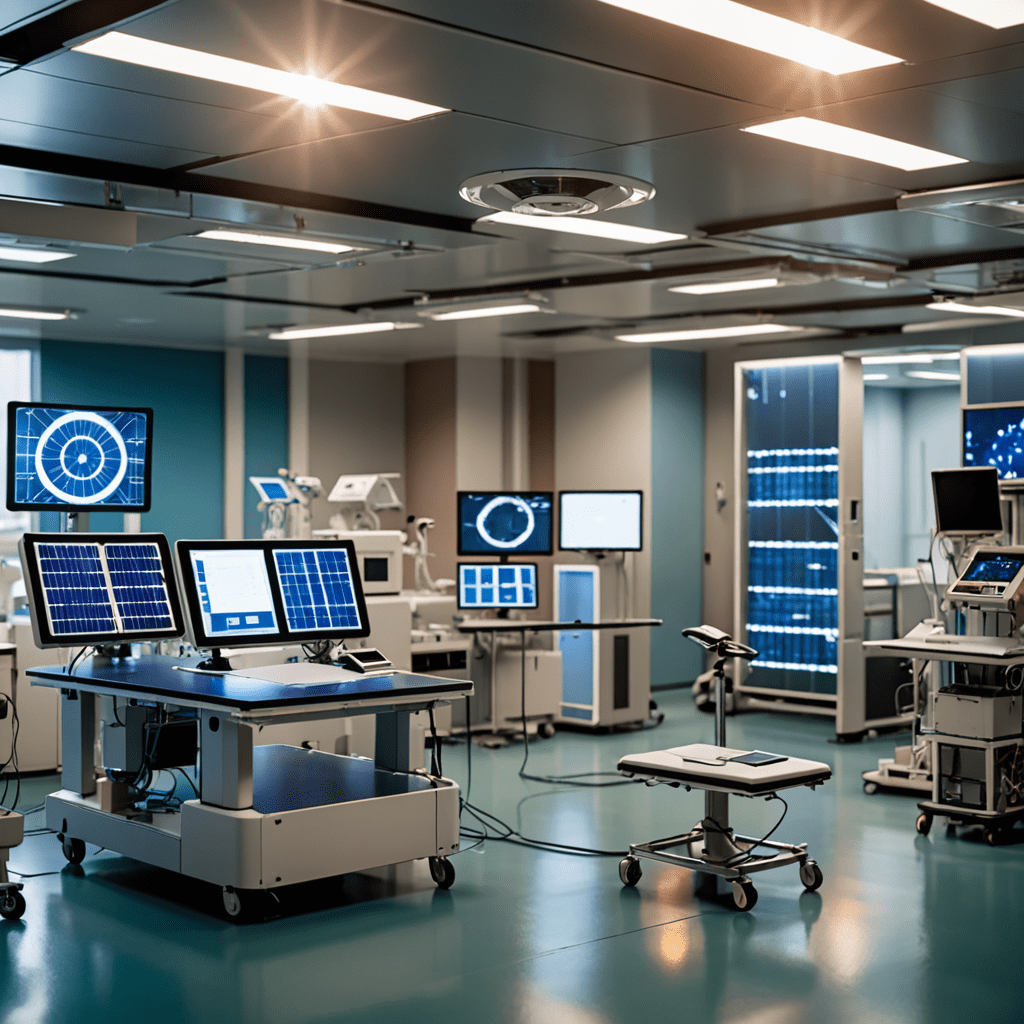Solar Energy for Disaster Resilience in Healthcare Facilities
The Importance of Solar Energy in Healthcare Facilities
Healthcare facilities play a crucial role in providing medical care, especially during disasters or emergencies. Solar energy has emerged as a sustainable and reliable solution to ensure continuous power supply in healthcare facilities, enhancing their resilience during crises.
Benefits of Solar Energy in Healthcare Facilities
Implementing solar energy systems in healthcare facilities offers numerous benefits. These include cost savings on electricity bills, reduced reliance on the grid, lower carbon footprint, and most importantly, uninterrupted power supply during disasters when traditional power sources may fail.
Enhancing Disaster Preparedness and Resilience
By harnessing solar energy, healthcare facilities can enhance their disaster preparedness and resilience. Solar panels coupled with energy storage systems ensure a dependable power source even in the event of grid failures or natural disasters, enabling healthcare providers to continue delivering critical care to patients.
Ensuring Continuity of Medical Services
During emergencies, maintaining the continuity of medical services is paramount. Solar energy systems act as a reliable backup power source, ensuring that essential medical equipment, lights, and communication systems remain operational, thereby safeguarding patient care and safety.
Long-Term Sustainability and Environmental Impact
In addition to providing immediate benefits during disasters, solar energy contributes to the long-term sustainability of healthcare facilities. By reducing reliance on fossil fuels, healthcare institutions can lower their carbon footprint, mitigate climate change, and set an example for environmentally conscious practices.
Overcoming Challenges and Implementation Considerations
While the advantages of solar energy in healthcare facilities are clear, there are challenges to overcome during implementation. Factors such as initial costs, system maintenance, and technical expertise required need to be carefully considered to ensure successful integration and optimal performance.
The Future of Solar Energy in Healthcare Facilities
As technology advances and renewable energy becomes more accessible, the future of solar energy in healthcare facilities looks promising. Continued innovation, coupled with supportive policies, will likely drive increased adoption of solar power, further strengthening the resilience of healthcare systems worldwide.
FAQs About Solar Energy for Disaster Resilience in Healthcare Facilities
What is Solar Energy?
Solar energy refers to the renewable energy obtained from the sun’s radiation. It is harnessed using solar panels to convert sunlight into electricity or heat for various applications.
How Can Solar Energy Enhance Disaster Resilience in Healthcare Facilities?
Solar energy can provide a reliable power source during disasters when traditional electricity grids may fail. By installing solar panels, healthcare facilities can ensure continuous operation of critical medical equipment and lighting even during emergencies.
Are Solar Energy Systems Reliable for Healthcare Facilities in Disaster Situations?
Yes, solar energy systems are highly reliable for healthcare facilities during disasters. With proper design, installation, and maintenance, solar panels can provide a consistent power supply, reducing dependence on the vulnerable traditional grid infrastructure.
What Are the Benefits of Using Solar Energy for Disaster Resilience in Healthcare Facilities?
Some benefits include cost savings on electricity bills, reduced carbon footprint, and the ability to operate independently during emergencies. Solar energy also contributes to environmental sustainability and public health by providing clean energy sources for critical healthcare services.



